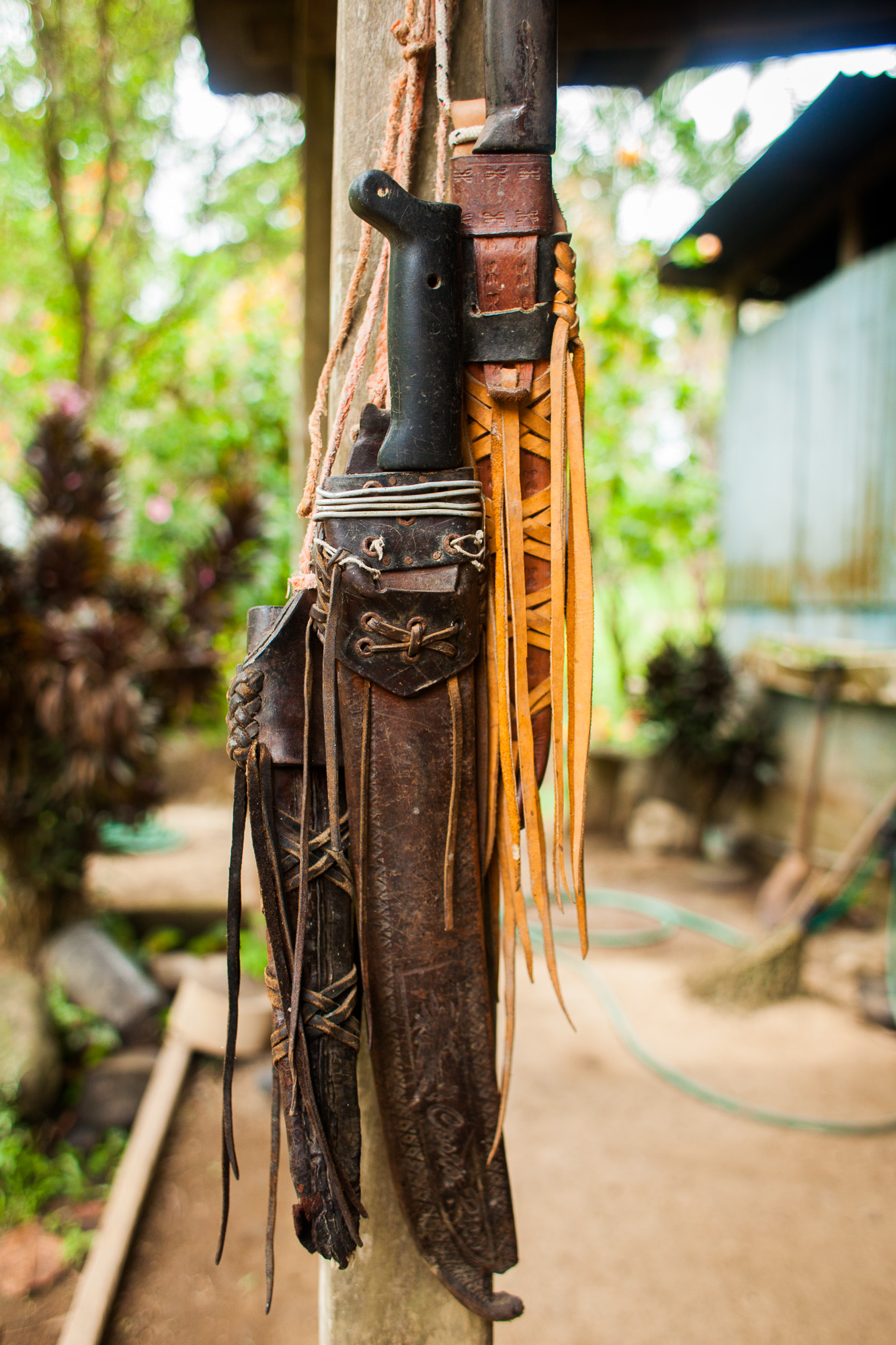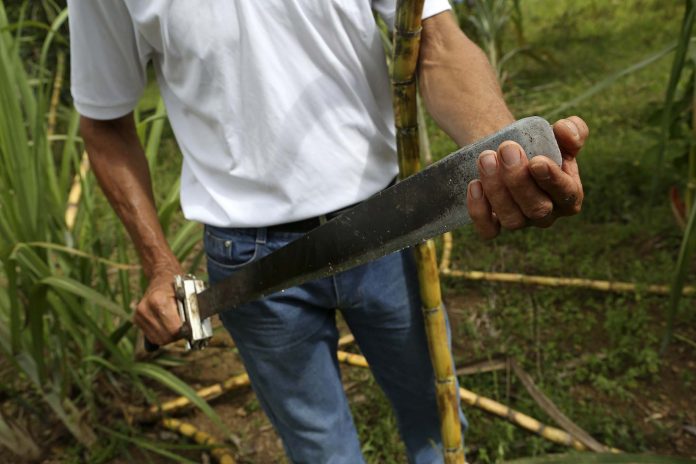One of the most ubiquitous tools used throughout rural Latin America is the machete. When I moved to Costa Rica, the first gift I got from my Costa Rican father-in-law was just that. With a smile he handed me the tool in a beautifully adorned leather sheath, and said, “Be careful. It is very sharp, so always swing it away from you or you may lose a leg.” With this simple act, I was first exposed to the machete’s unique cultural and functional role, and seeing that the word ‘machete’ comes from the diminutive form of the Spanish word ‘macho’, meaning strong or male, I still chuckle when I recall that special day.
Irreplaceable for many a campesino for its diverse uses, the machete typically consists of a long narrow blade attached to a molded plastic or wooden handle. A true machete’s blade widens at the tip, whereas tools that are narrow all the way through the tip are called ‘cujillos’, or knives. For most Costa Ricans, however, machete is generally used for all blade types.

Machetes range in blade width and size depending on their intended use. The longest Costa Rican machete, the “twenty-six” (for 26 inches), is most commonly used for cutting tall grass. From there, lengths and uses vary greatly, and a machete can be used for chopping wood, clearing brush, cutting trail through the forest, pruning, harvesting bananas, and even cutting the tops off of coconuts to drink the liquid inside – a refreshing local drink known as ‘pipa’. Although not used in Costa Rica, the world’s longest machete is 36 inches. More commonly, hardware stores and rural pulperias (small super markets) offer machetes ranging from 18-26 inches in length.
The history of the machete, and many similar long cutting tools used for agricultural purposes, dates back to prehistory when sharpened rock or metal tools were used in a comparable multipurpose fashion. Many cultures have their own version of the machete, from the panga of South Africa, the bolo of the Philippines, the facon of Brazil, the Nep of Thailand, and many others.
The machete’s history is also rich with more sinister uses as a weapon, including revolts, revolutions, and beheadings throughout the span of time. But not to worry, while many Costa Rican campesinos carry machetes in a worn sheath attached to the belt while on horseback (or motorcycle), in the local store, or even to the bar, the machete’s sole purpose is to keep the ever-growing farm and forest at bay.
___
A previous version of this piece was published in Nature Landings, the in-flight magazine of Nature Air.



